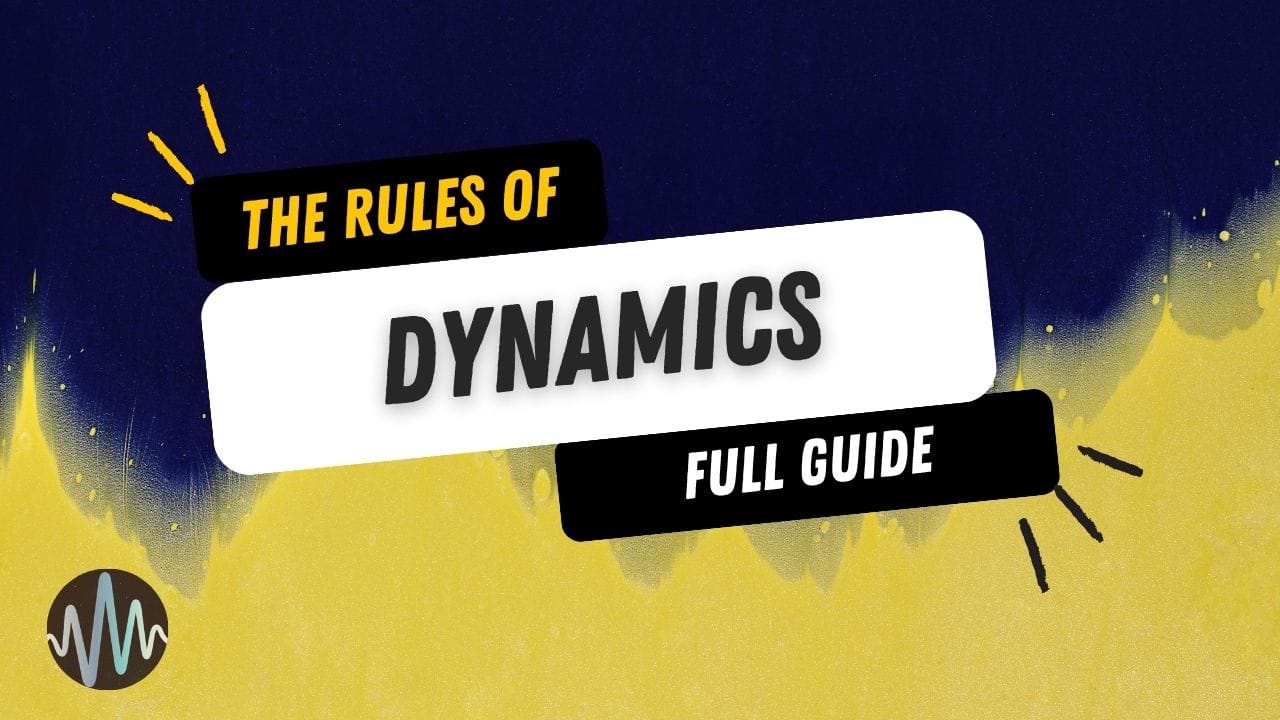
Ever cranked up a classic album from the '70s and felt your shoulders relax? Then immediately winced when Spotify shuffled to a modern pop track that felt like getting slapped in the face with a sonic brick?
You've just experienced the difference between dynamic music and the casualties of the loudness war.
Understanding dynamics isn't just about technical specs or impressing other producers – it's about creating music that connects with listeners.
Most of us have felt the frustration of modern music that sounds exhausting after just a few tracks. What's fascinating is how this didn't happen by accident – it's the result of an intense pursuit of loudness at any cost.
Can producers create impactful music without sacrificing dynamics? Absolutely.
Read on to learn why dynamics matter, how we got into this mess, and practical techniques for building loudness without destroying your mix.
Dynamics Fundamentals
Before we dive into the technical details, let's clarify what dynamics are.
Dynamic range in audio mastering refers to the difference between the loudest and softest sounds in a recorded piece of audio. Think of it as the distance between a whisper and a shout in your track.
Pre-electronic music, the loudest sounds would’ve pretty much always been drums and horns. A snare drum transient is many, many times louder than a quiet singer, which introduced its own challenges in recording.
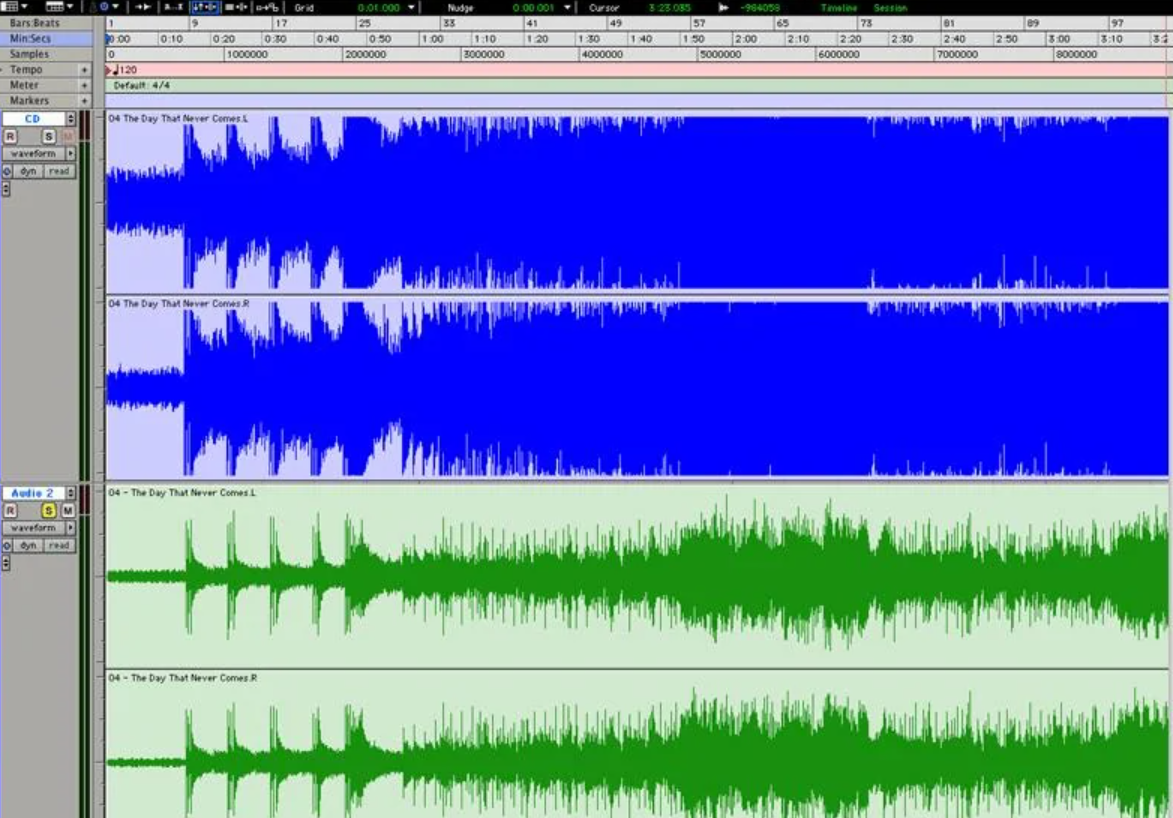
However, dynamics are also about dynamic changes throughout the song itself – you could say it’s emotional architecture. The way tension builds during a quiet verse, explodes in a chorus, then retreats to the bridge.
So we can think of dynamics both in the loudest and quietest sounds literally, but also in the natural undulations of the entire piece of music.
The Bass Problem
Bass frequencies consume significantly more dynamic range than higher frequencies. A kick drum or sub-bass might eat up 6-10 dB of your available headroom in a single hit, leaving less room for everything else to breathe.
This is why heavily bass-focused genres like dubstep and trap often sound more compressed. It's not just a stylistic choice, it's physics.
When your 808s are hitting -5 dB RMS (extremely loud), there's simply less dynamic space for your mids and highs to move around in.
LUFS is particularly important to measure, as human ears don’t respond well to bass. Filling your song with bass and neglecting the mids and highs will ruin any sense of loudness.
Headroom: Your Safety Net
This is where headroom comes in, and it's probably the most misunderstood concept in modern production.
Headroom is defined as the available level above the nominal level before distortion or clipping occurs. In practical terms, it's the cushion between your loudest peaks, and that dreaded 0 dBFS ceiling where everything turns to digital mush.
You want to maintain good headroom (6 to 10 dB) while creating your track so you can add loudness later.
How to Measure Dynamics
There are two core ways to measure dynamics:
RMS
RMS, or Root Mean Square, measures the average power of your audio signal over time.
A track sitting at -12 dB RMS is loud, punchy, and present, while -18 dB RMS feels more relaxed and dynamic. The lower the RMS number itself, it’s likely a tune has little headroom with lots of bass (as bass occupies a lot of headroom).
For a complete picture, you'll also want to track LUFS (Loudness Units relative to Full Scale), which takes into account how humans perceive loudness across different frequencies.
LUFS
LUFS uses K-weighting – basically, an EQ curve that mimics our ear's sensitivity.
A modern pop track might hit -8 LUFS integrated (very loud), while a dynamic jazz recording might sit at -20 LUFS.
How Dynamics Have Changed: The Loudness War's Greatest Hits (and Misses)
Music production has been caught up in “the loudness wars,” where producers and studios try to crank up the loudness of their tracks to give them more presence.
This mattered a lot more than it does now, as songs were printed on vinyl, burned to CDs, and played on the radio. If a song was considerably louder than the one played before it, it had more impact.
Now, most music is played via streaming services. On the radio or in live DJ performances, any competent DJ would gain up a really quiet tune to keep it relatively consistent with the one played before it.
Moreover, streaming services apply their own normalization across tunes, essentially post-mastering tracks uploaded to them to make them louder.
This didn't happen overnight. Here's how dynamics have changed over time:
- 1940s – 1970s – The Jukebox Era: Increasing loudness was first reported with 7-inch singles played on jukeboxes. Louder records grabbed attention in noisy bars and clubs. Vinyl's physical limitations kept things somewhat in check. The average rock song sat at around -17 dB RMS.
- 1980s – Early 1990s – Digital Recording Takes Over: The CD format is introduced with a hard 0 dBFS ceiling. Engineers were initially cautious of digital clipping. Music still had natural dynamics and breathing room. Dynamic range compression was used sparingly for effect. Typical levels were around -14 dB RMS.
- 1995: Oasis Breaks the Barrier: (What's the Story) Morning Glory? hits unprecedented -8 dB RMS average. Becomes a new loudness benchmark for rock music. Industry takes notice of competitive advantage.
- 1999: Californication: Red Hot Chili Peppers' Californication clips throughout the entire album. Even non-audiophile consumers complain about distortion. Rick Rubin's production marks a turning point toward extreme compression, pushing levels to -6 dB RMS territory.
- 2008: Death Magnetic – The Breaking Point: Metallica's album (also Rubin) pushes peaks beyond the digital clipping point. Mainstream media coverage brings the loudness war to public attention. Fans even preferred a Guitar Hero version with proper dynamics, and industry professionals publicly condemned the approach. The album measured at crushing -4 LUFS integrated. Around this time, electronic music was also squashing dynamics to the point of nothing.
- 2010s – Present – The Normalization Revolution: Streaming services introduce loudness normalization around -14 LUFS. Some artists return to more dynamic mastering strategies. The loudness war is effectively winding down due to the introduction of streaming standards.
A classic example of Rick Rubin over-compression, resulting in a squashed track with limited dynamic range
Below is a fan-mastered version of Californication – compare it to the original if you can.
Check out this comment: “I'm not sure what your ultimate mastering goal is, but you somehow made this about 20% more dynamic than the original. I just checked, my Vinyl master of this only scores a DR9, and you scored a DR11 on this. Is your goal to make more dynamic masters as opposed to the LOUDNESS war garbage we are all tired of?”
A re-master of Californication which sounds clearer and more dynamic
So, does live streaming mean you can just mix quiet tracks and achieve commercial results?
Sadly not. Tracks still need to be mixed and mastered well to appear loud on streaming services.
And you don’t know where people will listen, either. Not all streaming services apply strong normalization. If you want to offer direct downloads or release vinyls or CDs, all of which require skilled mastering with different ideal LUFs/RMS ranges.
Plus, it’s never *just* been about creating tracks that look like sausages. It’s about creating tracks that are in your face and bring presence to the table, which involves high perceived loudness.
Think of the loudness wars as evolving into something smarter and more technologically driven than ending altogether!
Building Loudness Without Destroying Your Mix
So, how do you make your tracks competitive without turning them into sonic sausages?
While it’s a bit of a cliche, the key is working smarter, not harder. Here are some techniques to try out:
Headroom and Mixing
Start with proper gain staging from day one. Have headroom in mind when you start your mix, and keep your tracks at safe levels.
If you've used plugins for the sake of loudness and your waveform is big, block-like, and peaking at or near 0 dBFS – don't take a shortcut by dragging your master fader down.
You'll just be squishing an already squished mix.
Compression: Serial and Parallel Techniques
Compression is your primary tool for controlling dynamics, but how you use it makes all the difference between professional control and amateur destruction. The secret lies in understanding that less is often more.
- Serial Bus Compression: Chain 2-3 gentle compressors instead of one massive one
- 1-2 dB Rule: Aim for minimal gain reduction across multiple stages
- Attack/Release Settings: Start with a 30ms attack, 50ms release as baseline
- Ratio Control: Keep ratios between 2:1 and 4:1 for musical results
These settings may seem conservative, but they form the foundation of professional-sounding dynamics. The magic happens when multiple gentle stages work together rather than one compressor doing all the heavy lifting.
It’s easier to add a bit more volume later than fighting to undo terrible gain-staging.
Parallel Compression
Parallel compression is the act of combining a dry signal and a compressed signal to create one powerful sound.
Rather than lowering the highest peaks for the purpose of dynamic range reduction, it decreases the dynamic range by raising up the softest sounds, and adding audible detail.
This technique works because the human ear is more sensitive to loud sounds being suddenly reduced in volume than to soft sounds being increased in volume – parallel compression takes advantage of this difference.
Set up a send to a heavily compressed version of your drum bus or vocal, then blend it in to taste. You get the punch and sustain of heavy compression while keeping the natural dynamics of the original.
Limiting
Limiting should often be your last step, not your first.
Even though streaming services are normalizing music to equalize volumes across their catalogs, we still want our productions to be relatively loud for when they aren't on services that match LUFS levels (Soundcloud, downloads, etc.).
If you make a track that is -6 LUFS, Spotify is going to lower the gain of that track until it's 8 LUFS quieter and streams at -14 LUFS.
This means that overly loud masters are actually turned down, while more dynamic tracks can be turned up to match the target level, giving them a competitive advantage.
Perceived Loudness
Think modern music is bass-heavy? Relatively, yes, but producers add tons of presence outside of the bass frequencies to make the whole track sound loud and not just bassy.
Perceived loudness doesn't always correspond directly to the physical amplitude of a sound wave. Fletcher-Munson curve indicates that human ears are more sensitive to mid-range frequencies (approximately 1-5 kHz) than to very low or high frequencies.
You can exploit these perceptual quirks to create the impression of loudness without increasing peak levels or pushing your RMS into the danger zone.
Instead of just crushing everything with a brick wall limiter, try these creative strategies to achieve perceived loudness:
- Harmonic Saturation: Adds upper harmonics that make sounds perceptually louder without increasing peaks or RMS levels
- Stereo Width: Wider stereo imaging creates the impression of bigger, more impactful sound, and leaves space for loud sounds to poke through
- Frequency Balance: Emphasizing the 1-5 kHz range where our ears are most sensitive (but be careful, this area also leads to listener exhaustion)
- Transient Enhancement: Sharpening attacks without increasing sustained levels or overall LUFS
By mastering perceived loudness, you can achieve the impact of a -6 dB RMS master while maintaining the dynamics of a -10 dB RMS mix.
The Future of Dynamic Music
All in all, producers and listeners alike can enjoy more dynamic range today than in the 2000s to 2010s.
Streaming services have somewhat taken the sting out of the loudness wars and even penalized those who take it to extremes.
Major record labels are now releasing quieter songs so they’re not squashed into oblivion on Spotify, Apple Music, etc.
The most successful producers understand that impact comes from contrast, not constant assault. Our brains are sensitive to the subtle nuances of sound, and when we're presented with audio that is overly loud and compressed, it can be disorienting and unpleasant to listen to.
So next time you're tempted to slam that limiter, remember: without quietness, there is no loudness.
If you’re ready to produce bolder, more dynamic productions, Sample Focus offers thousands of pads and atmospheric textures that can help you create powerful emotional contrast in your tracks.
From subtle ambient backdrops to dynamic percussion loops that breathe naturally, you'll find the building blocks your tracks need.

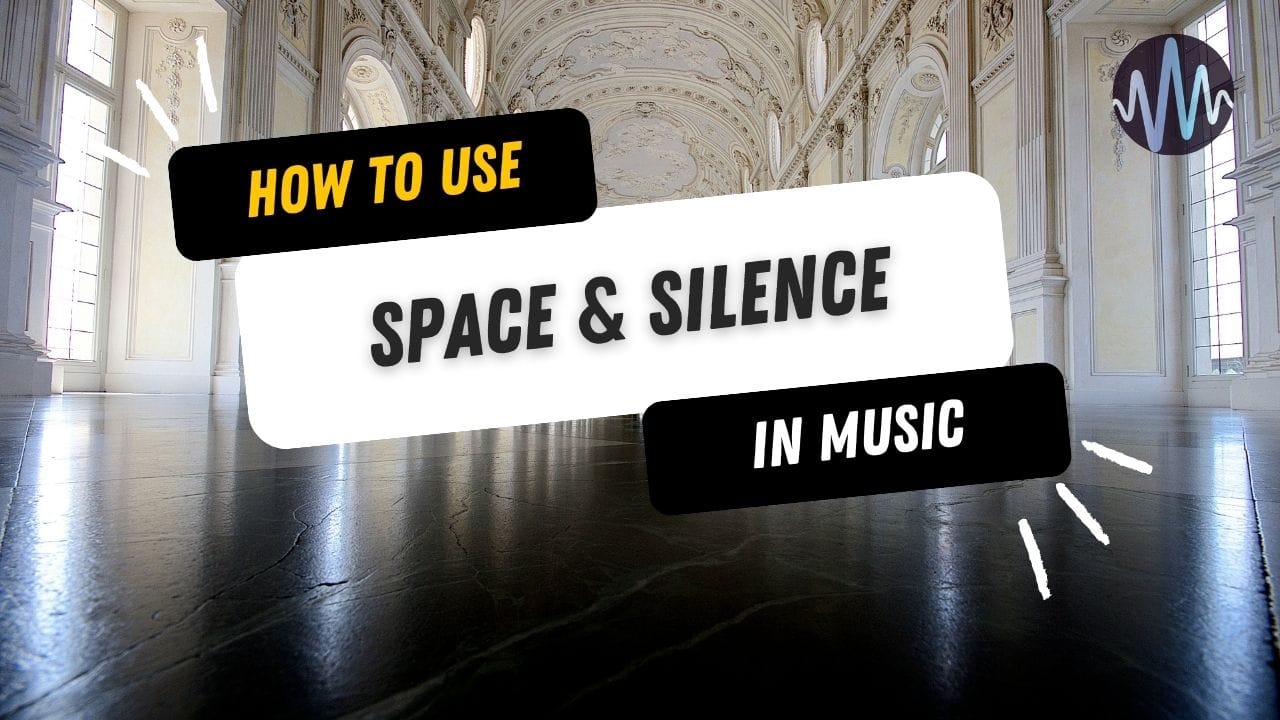
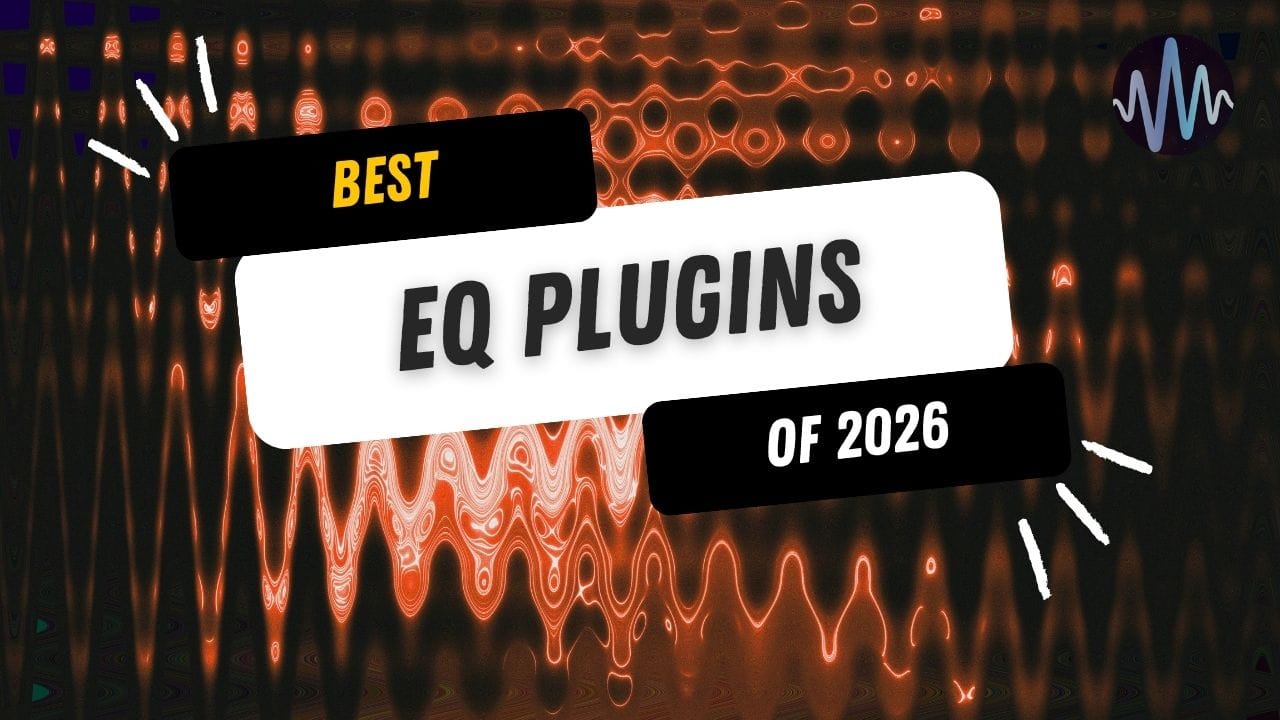
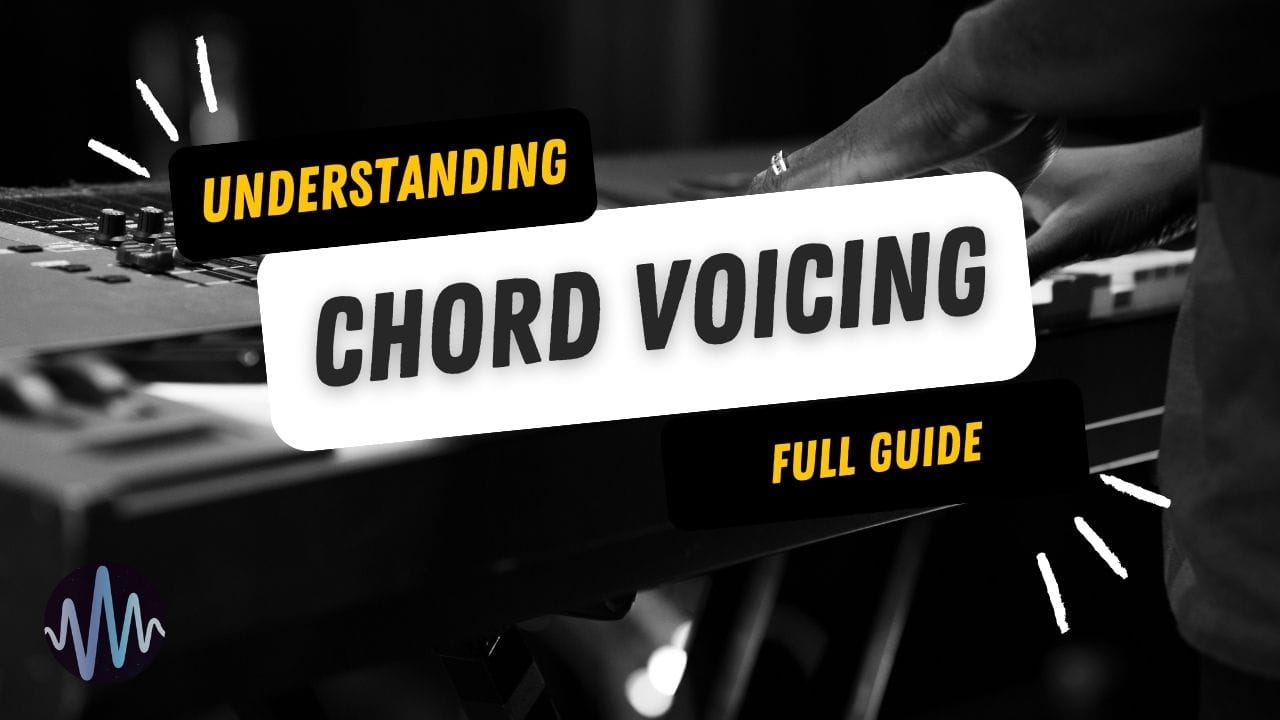

Comments